It can be hard to understand and respond to a RAD behavior. Reactive Attachment Disorder is complex.
There are times that you may question if you're seeing what's really happening.
In these moments it's always important to give the child the benefit of the doubt.
It can be so easy to think differently when you're the target.
Assume that your child with Reactive Attachment Disorder has the best of intentions.
There's always a chance that something else is going on.
When there are unsafe situations occurring, I follow 4 steps to understanding RAD behaviors.
There are so many reasons a child may act the way she does.
And quite frankly all of the things mentioned in this post can be going on at once!
This is why I always follow these steps when things escalate.
4 Steps to Understanding RAD Behaviors
Warning: This
post contains content related to Reactive Attachment Disorder that may be
triggering to some.
Important: Children with RAD are
victims of abuse and/or neglect. Behaviors associated with Reactive Attachment
Disorder are due to how the brain forms while the innocent child is surviving
trauma. It is our goal to support healthy and loving families where children
with RAD can heal, if possible.
1. Seek Medical Attention
Our bodies are complex. We can't always see what's going on beneath the surface.
Seeking medical attention from a PCP or psychiatrist to eliminate the possibility of health issues is so important when seeing an increase in behaviors that could be related to RAD.
Sunshine's last mental health crisis was a result of her thyroid acting up. She needed an increase in medication.
A thyroid that's not working properly can cause extreme irritability.
Sunshine also needed some med adjustments.
With every new and reoccurring behavior, give the child with Reactive Attachment Disorder the benefit of the doubt.
I can't tell you how many times Sunshine has felt sick with an ear infection, and I didn't know it, and that's why she wasn't okay.
When it comes to personal hygiene issues, check for infections first before giving consequences.
Don't always assume that behaviors are related to Reactive Attachment Disorder.
Check in with a psychologist, developmental pediatrician, or other professional to ensure nothing else is going on regarding the child's mental health.
A child changes as she develops and grows.
Meds may need to be altered with a growth spurt.
New diagnoses may come.
Some diagnoses may be removed.
There may be a medical reason for the increase in behaviors.
Be sure to document behaviors in preparation for an appointment, so professionals or specialists have all of the information they need to help you.
How to Document Your Child's Behaviors for Professionals and Specialists
If there are no medical explanations for an increase in RAD behaviors, move on to step two.
Remember no child has control over medical challenges going on with their body, and just like adults, these struggles affect functioning.
2. Meet Sensory Needs
A child with Reactive Attachment Disorder is human, just like everyone else.
She has sensory needs.
When sensory needs are not met, behaviors escalate.
Identify how your child with Reactive Attachment Disorder responds to the senses and how your child prefers to regulate those senses.
Is she hypersensitive or hyposensitive to different senses?
It is completely normal for a child to be hypersensitive to one sense and hyposensitive to another.
If you are unfamiliar with the 8 senses, I have listed them below.
Take the time to understand them and how they relate to your child.
List of the 8 Senses
- Tactile (touch)
- Auditory (sound)
- Gustatory (taste)
- Visual (sight)
- Olfactory (smell)
- Proprioceptive (have to do with deep pressure and feelings of internal muscles)
- Vestibular (having to do with balance and the inner ear)
- Interoception (having to do with how the body responds to pain, bodily functions, etc.)


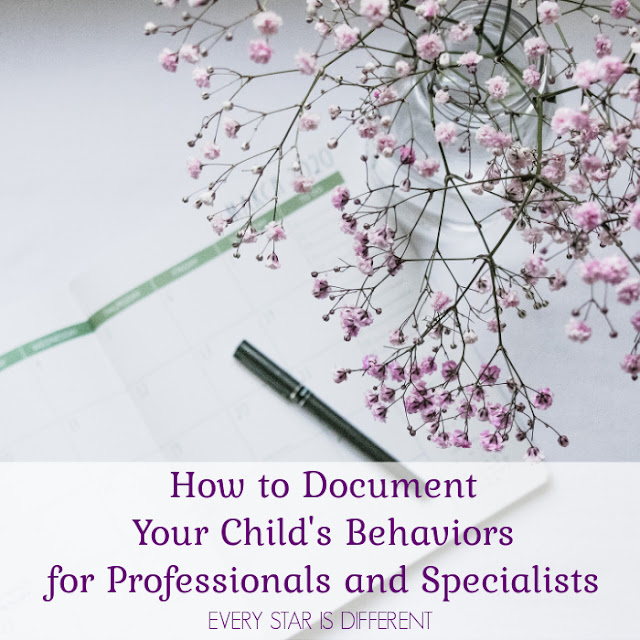
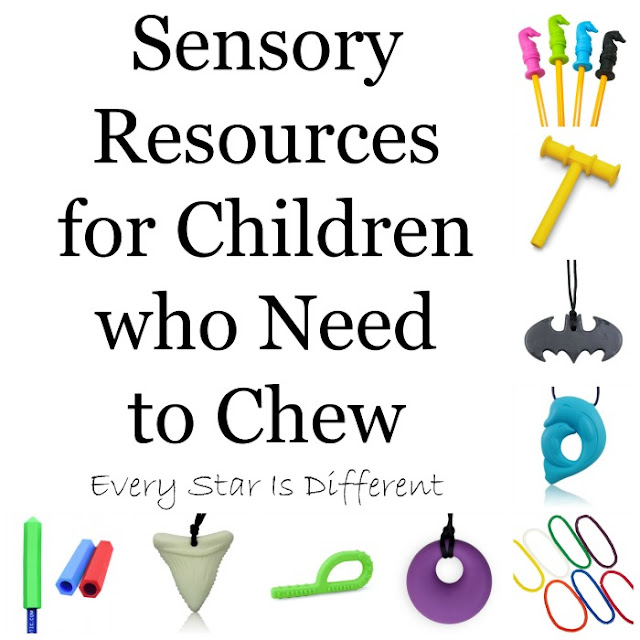

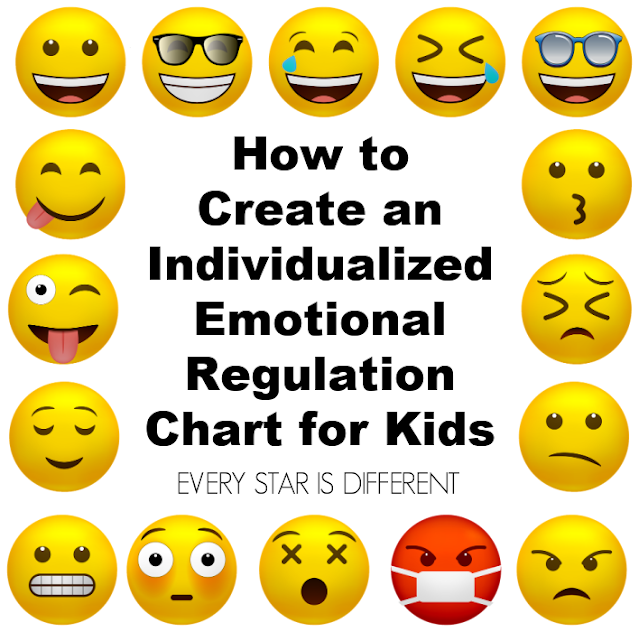



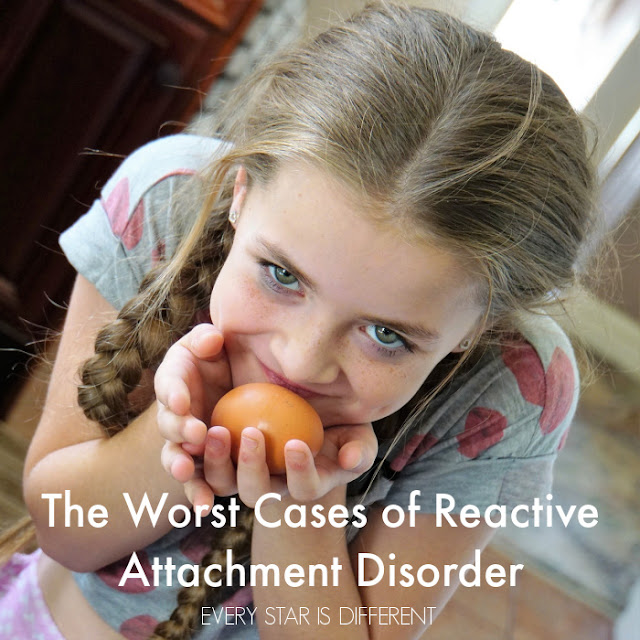

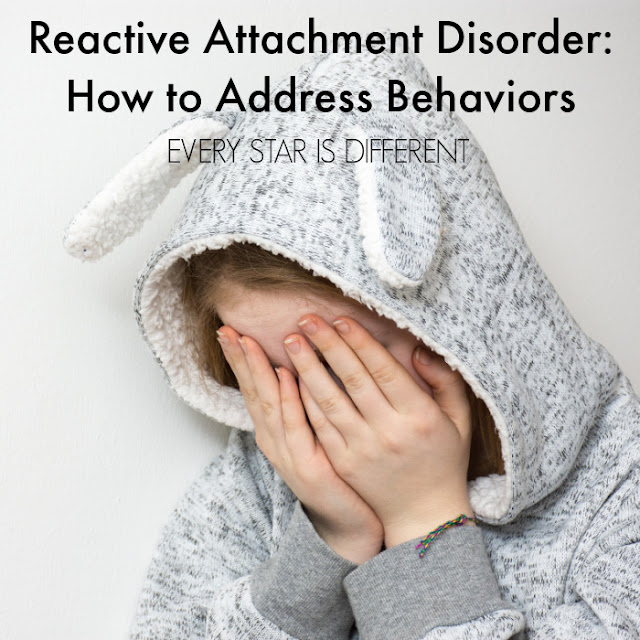

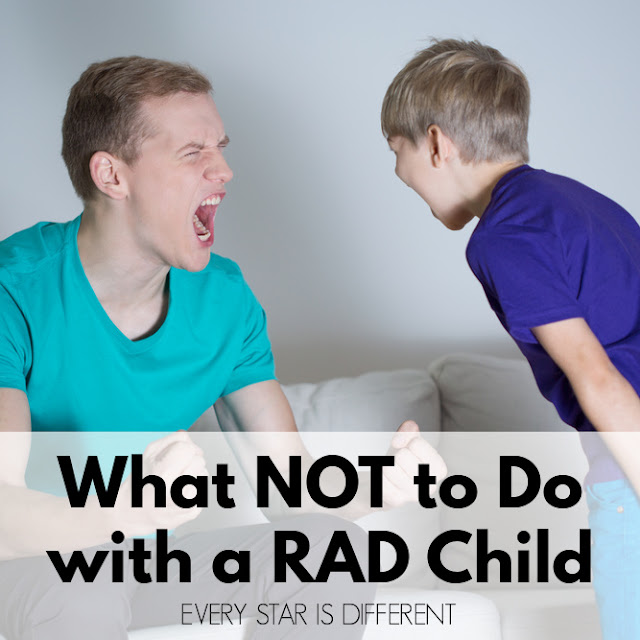
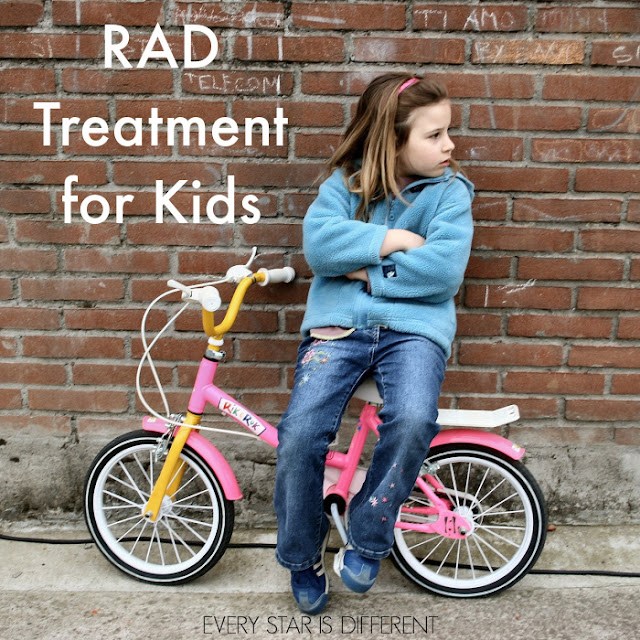


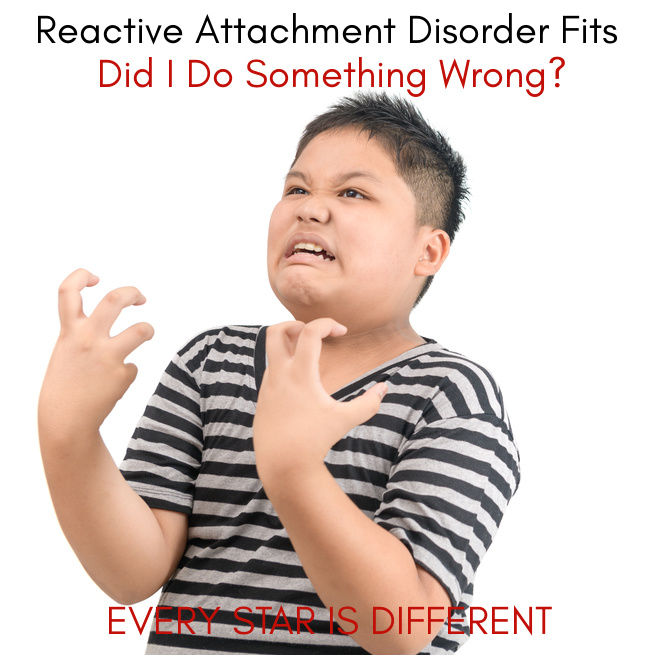







.jpg)
No comments:
Post a Comment